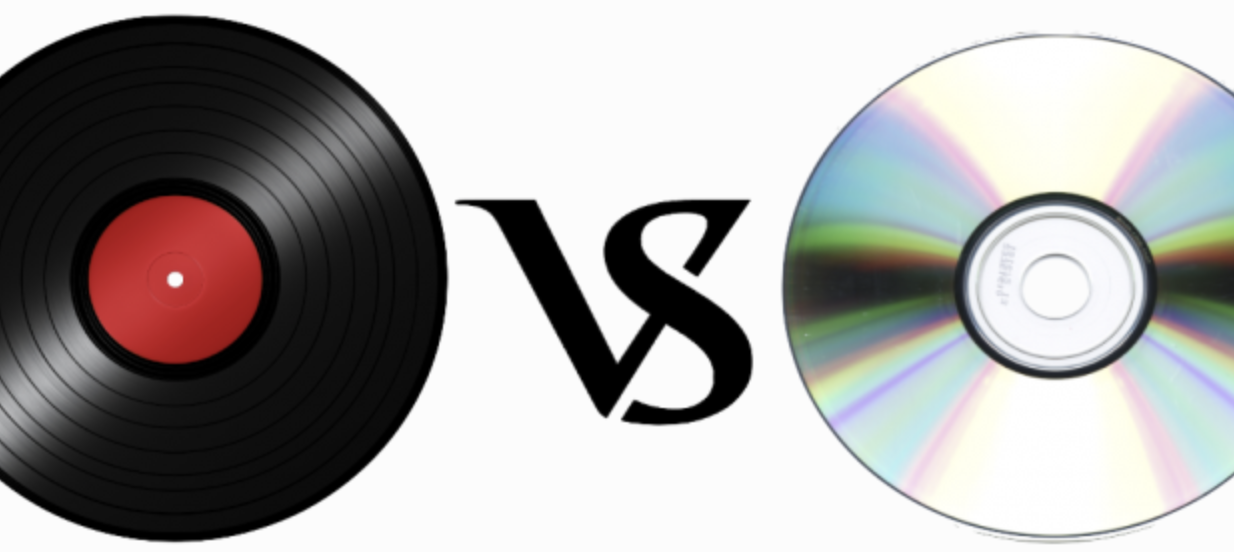
Why Do People in the CD Era Still Embrace Vinyl Records?
Vinyl records are not just complicated to operate but require an entire ecosystem of sophisticated and expensive equipment: phono preamps, cartridges, tonearms, turntables... In comparison, CDs seem simple, convenient, and consistently reliable. This question might appear peculiar at first glance, but it's surprisingly practical. In reality, CDs are not as technologically flawless as they might seem on the surface. They actually have three significant drawbacks...

1. Sound Quality Falls Short
Compact Discs seemed to offer an effortless path to noise-free, high-dynamic range, and high-resolution audio, with consistent sound quality that appeared revolutionary. However, as time passed, music enthusiasts gradually uncovered a critical limitation: a lack of musical soul. Much like a "glacier beauty" – stunning on the surface but emotionally distant upon closer interaction.
Despite continuous advancements in digital music technology – whether through CDs, HDCD, XRCD, SACD, or Blu-ray Disc – these formats still fall short when compared to analog music, leaving audiophiles unsatisfied.
Certainly, CDs possess their advantages. However, the digital sampling process fundamentally transforms music's sound waves. Regardless of the format, the continuous, smooth sine wave is converted into a jagged square wave. This conversion is the primary reason for CD audio's inherent characteristics: a sharp, lifeless sound with diminished stereo imaging. Notably, the square wave is considered the least favorable waveform in terms of audio quality.
As a notable audio expert once articulated: the day when the best CD system might outperform the finest vinyl record system has not yet arrived – and perhaps never will. (Should such a day come, it would effectively signal the end of vinyl's dominance.)
The technical explanation reveals a profound audio engineering challenge: digital sampling inherently compromises the organic, fluid nature of analog sound reproduction. This fundamental limitation continues to position vinyl records as the preferred medium for audiophiles seeking a more authentic musical experience.
2. Not Indestructible After All
When compact discs were first introduced to the market, consumers believed they were impervious to dirt, water, and scratches – seemingly destined to accompany listeners until the end of time. However, this perception quickly unraveled as users discovered fundamental vulnerabilities.
Scratches and contamination on CDs can significantly impair signal reading, sometimes rendering the disc completely unplayable. Contrary to initial marketing claims, CDs are remarkably susceptible to physical damage, closely mirroring the fragility of vinyl records. Even more concerning is the potential degradation of the metallic coating, which can inexplicably corrode over time with no feasible restoration method.
The irony is stark: a medium marketed as technologically superior and virtually indestructible proves to be more fragile than its analog predecessor. The promise of durability has been exposed as a technological illusion, undermining the very advantages CDs were meant to offer.
This revelation challenges the narrative of digital media's inherent reliability, suggesting that the romantic notion of an "eternal" music format remains more myth than reality. For audiophiles and music collectors, the findings underscore the importance of proper media preservation and the enduring appeal of carefully maintained analog formats.
In essence, the CD's perceived invincibility has been definitively debunked, revealing a medium far more vulnerable than its initial promises suggested.
3. Rapid Obsolescence
Digital Technology's Transient Nature Like computers and most consumer electronics, digital audio equipment becomes outdated the moment it's purchased. While vintage audio equipment such as classic speakers, vacuum tube amplifiers, and turntables can appreciate in value if sufficiently iconic, digital devices suffer dramatic depreciation. Within a few years, they often become mere flea market merchandise.
The Legacy of Long-Play Records Long-Play (LP) records, developed by CBS in 1948, revolutionized music consumption. By extending single-side playtime from approximately 3 minutes to over 30 minutes, these vinyl records – also known as Long-Play or LP records – swept globally and enjoyed remarkable success, particularly during their "golden period" from 1954 to 1968.
Survival Against Digital Disruption The introduction of CDs in 1982 initially threatened LP's existence. By the early 1990s, vinyl seemed nearly extinct. However, the inherent sound quality limitations of digital formats allowed vinyl to survive and gradually experience a renaissance.
Technical Considerations for Modern Vinyl Enthusiasts While LPs possess certain drawbacks, their sound quality alone justifies their continued relevance. Contemporary consumers can easily re-enter the vinyl world, with a wide range of equipment and records available. Two primary considerations emerge: selecting appropriate vinyl equipment and records.
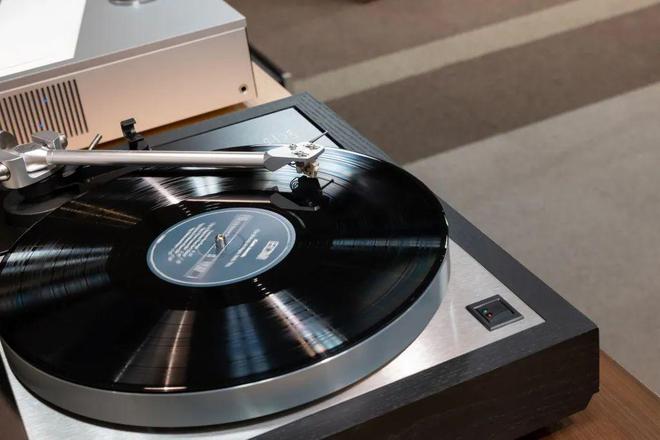
Historical Context and Market Nuances The vinyl record market includes diverse formats, including rare 78 RPM shellac records. These fragile, heavy records are challenging to preserve and are recommended only for historical collectors.
Weight and Quality Misconceptions An important misconception exists regarding record weight. While increasingly heavy pressings (140-200 grams) might suggest superior quality, this is largely marketing rhetoric. Vinyl records only require approximately 100 grams to meet basic physical requirements. Record weight bears no substantive relationship to the audio quality etched in the groove.
Vinyl Records vs. CDs: A Comprehensive Audio Quality Comparison
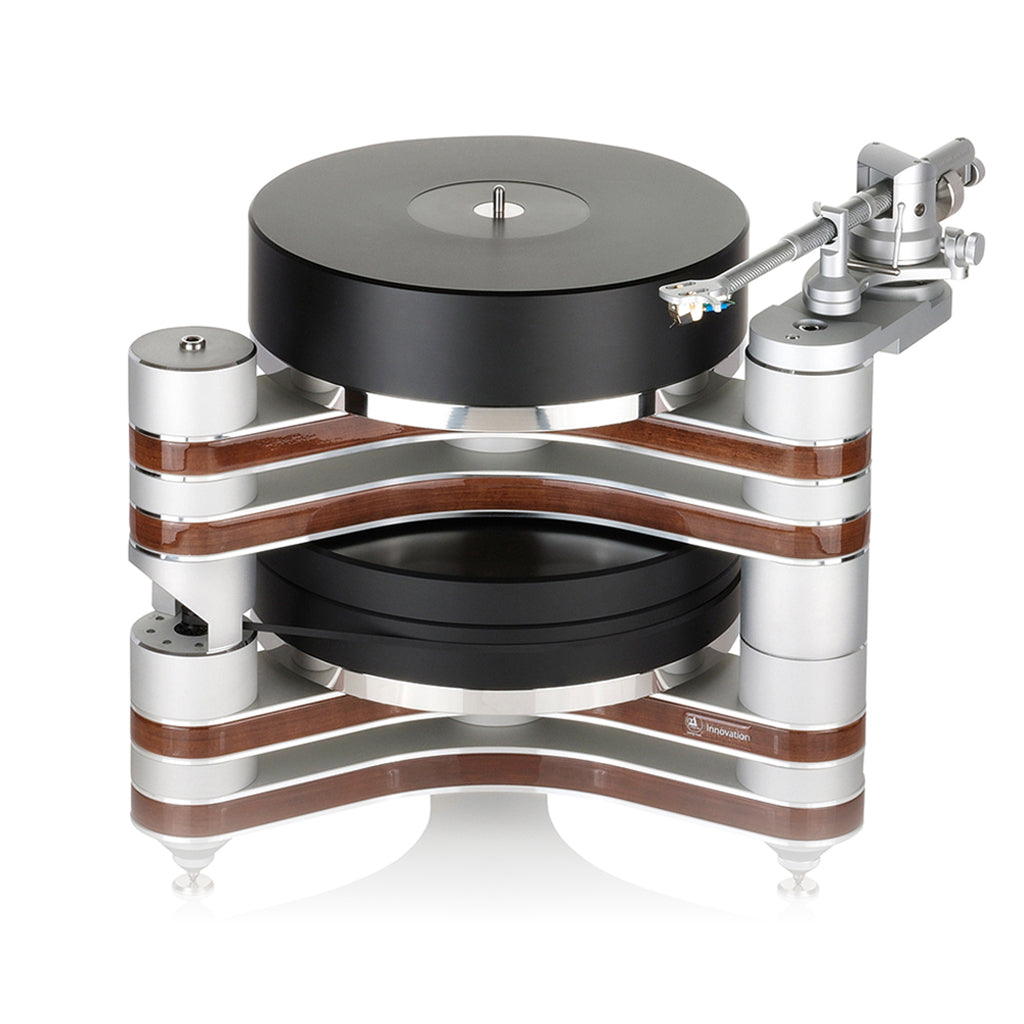 | 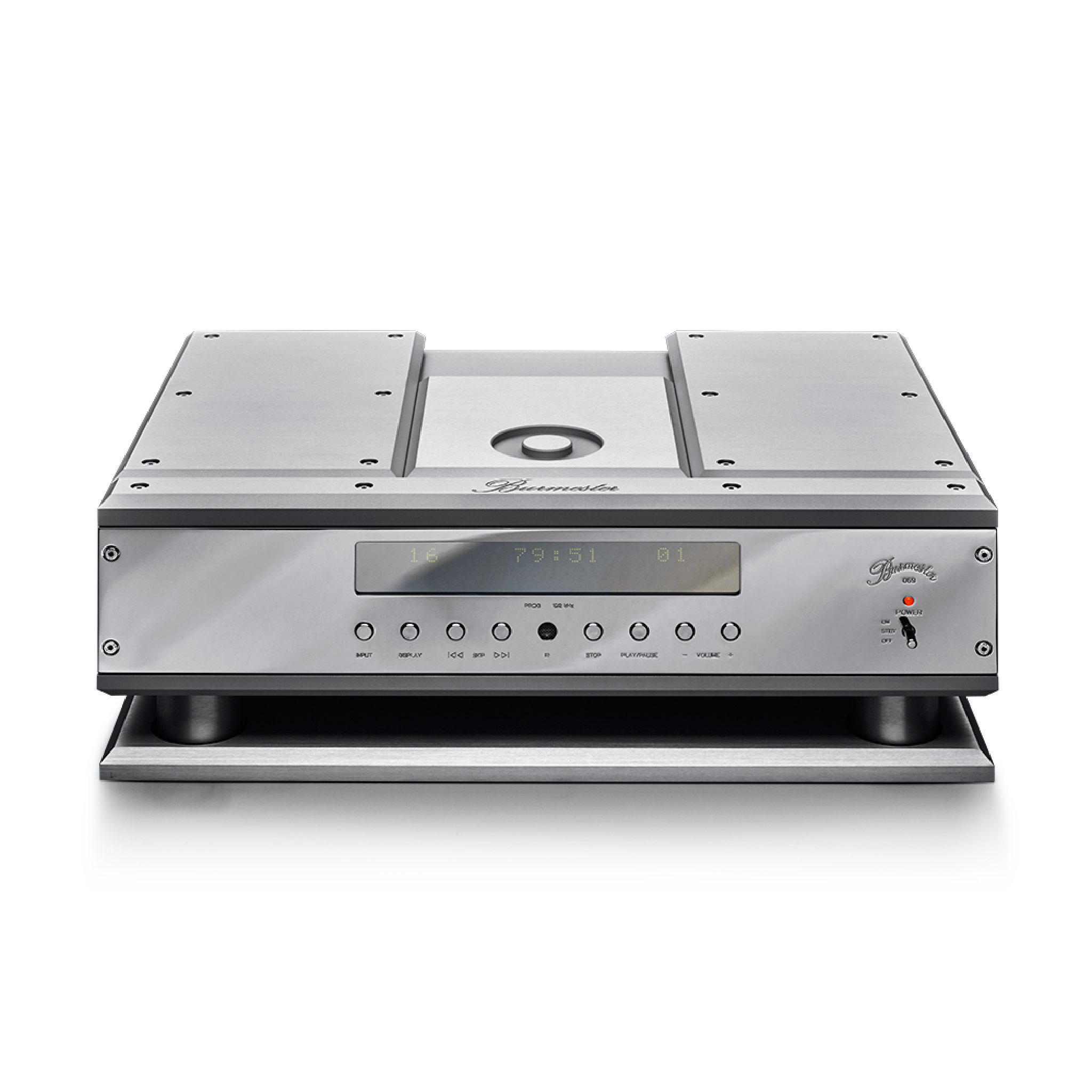 |
The ongoing debate about audio quality between vinyl records and CDs remains a passionate topic among high-fidelity audio enthusiasts. Both formats possess unique characteristics, with the fundamental distinction rooted in analog versus digital recording technologies, sound processing methods, and subjective listening experiences.
Technical Analysis of Audio Formats
- Recording Methodology
- Vinyl (Analog Format): Records sound through physical groove modulations, capturing continuous, uninterrupted waveforms. Theoretically capable of capturing more nuanced audio details without digital quantization errors.
- CDs (Digital Format): Utilize 44.1kHz sampling rate and 16-bit depth, converting continuous sound waves into discrete digital points, sampling 44,100 times per second.
- Frequency Response
- Vinyl: Potential for broad frequency response, typically ranging from 20Hz to 20kHz, though practically limited by manufacturing and playback equipment.
- CDs: Consistent 20Hz to 22.05kHz range, comprehensively covering human hearing capabilities.
- Dynamic Range
- Vinyl: Limited dynamic range of approximately 50-60 dB, prone to distortion at higher volumes.
- CDs: Significantly wider dynamic range of about 96 dB, enabling more accurate sound reproduction across volume levels.
- Noise and Distortion
- Vinyl: Inherent surface noise from dust, scratches, and static; sound quality degrades with repeated plays.
- CDs: Minimal noise, consistent audio quality without physical contact during playback.
- Sound Characteristics
- Vinyl: Perceived as "warmer," "emotional," and "natural" due to natural frequency roll-offs and subtle distortions.
- CDs: Characterized as "precise" and "clear," sometimes criticized as being too clinical or mechanical.
- Listening Experience
- Vinyl: Offers a ritualistic experience, appreciated for its tactile and visual engagement.
- CDs: Valued for convenience, stability, and low maintenance.
- Master Recording Considerations
- Vinyl: Often mastered using analog-specific techniques, potentially preserving more original sound characteristics.
- CDs: Frequently subjected to digital compression, which might compromise audio dynamic range.
Objective Audio Quality Assessment: Vinyl Records vs. CDs
From an objective technical standpoint, Compact Discs (CDs) demonstrate superior audio performance compared to vinyl records. This superiority is substantiated by several key technical metrics:
Technical Advantages of CDs
- Significantly larger dynamic range (96 dB versus vinyl's 50-60 dB)
- More consistent frequency response
- Absence of background noise and physical playback distortions
- Precise digital signal reproduction
Vinyl's Subjective Appeal Despite objective technical limitations, vinyl records offer a distinctive audio experience prized by audiophiles:
- Naturally "warmer" sound profile
- Subtle harmonic richness
- Organic audio characteristics
- Nostalgic listening experience
Decision Criteria for Audio Format Selection Ultimately, format selection depends on two primary considerations:
- Personal Auditory Preferences
- Musical Genre Characteristics
Recommended Format Selection
- Precision-Oriented Listeners: CD
- Vintage/Emotional Sound Enthusiasts: Vinyl
- Classical/Jazz Recordings: Often better on vinyl
- Contemporary Genres: Generally better on CD



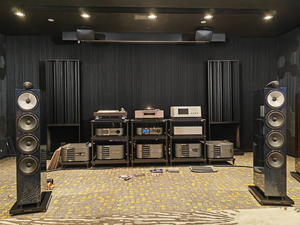
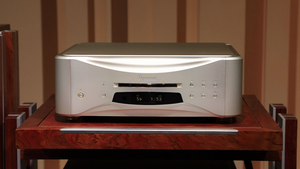
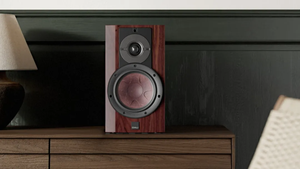
Comments